With New Northridge Space, SFV Rescue Mission Forges New Bonds with CSUN
By the time she reached the San Fernando Valley Rescue Mission, Lori Bush felt like she was at the end of her rope.
Bush had suffered a debilitating back injury, had just had back surgery and was unable to work. She was struggling to find a place to live for herself, her daughter, Aisha, and her granddaughter, True, then 4. The trio had slept in Bush’s car, a shelter and then bounced from place to place, sleeping on friends’ floors.
“We were trying to survive, taking my granddaughter to school and my daughter was trying to stay in school,” said Bush, 59. “It was a horrible, horrible experience to have to go through.”
Then in October, a case worker at the Rescue Mission called Bush to let her know her application for housing there had been accepted — and the family of three could move in immediately.
“When I came here, I was hopeless, very fearful and just felt like at the end of my rope,” Bush said. “But I was greeted with people who didn’t make me feel that way. I was greeted with a staff that made eye contact with you and listened to you. I felt like, wow, I’m somewhere I can finally take a deep breath and be comfortable.”
Just one month before, in September, the Rescue Mission had opened the doors to its brand-new facility on Canby Avenue, just south of California State University, Northridge. A longtime partner of the university, the Rescue Mission was forced to find a new home after a devastating fire destroyed its former location in North Hollywood in May 2014.
Founded in 1998 as a meal program for the chronically homeless, the Rescue Mission had developed into a shelter and had been using the North Hollywood location — which was supposed to be temporary — for about seven years, said director Wade Trimmer. The nonprofit already had purchased the Northridge property, a vacant office building ready for transformation, when the fire struck, he said.
“We were looking for a 90-bed facility, close to public transit,” Trimmer said. “We couldn’t have asked for a nicer neighborhood — it has everything we wanted.”
The Rescue Mission provides short-term housing, up to 90 days, and longer-term housing, up to 10 months. All of the residents are families.
“Sixty percent of our guests are children under the age of 12,” said Trimmer, who has served as the organization’s director for four years and worked with the homeless population for more than 20. “Our youngest guest right now is about 14 days old. So, we get to intervene really early. Last year, we got 150 kids off the street, and this year we’re on track to rescue about 250 — and, of course, that includes their parents.”
The facility, just blocks from campus, has allowed the partnership between the Rescue Mission and CSUN to develop even greater synergy. The university’s Unified We Serve group funnels scores of student and staff volunteers to the Rescue Mission, where they play with the children and assist with homework, serve meals and coordinate clothing drives. And this academic year, for the first time, CSUN’s Department of Social Work has sent two graduate students from the master of social work (MSW) program to intern at the Rescue Mission. In the fall, that number will grow to four.
The MSW students provide financial literacy education and parenting classes to the residents, after-school care to the kids, case management and counseling.
“It’s amazing to see young people who are getting a great education, and partnering with the mission to get that valuable field work,” Trimmer said. “It’s been a great partnership.”
Allen Lipscomb, a CSUN lecturer in the MSW graduate program who is supervising the students, hailed the collaboration.
“What I like about it is not only the diversity of their clientele, but the types of issues and challenges [the students] are working with,” said Lipscomb, who volunteers his time as the CSUN interns’ field supervisor. “They’re helping connect people with social services and housing options, they’re addressing mental health issues and educational barriers for the children. … One of the interns even created a [homework] incentive program for the children.
“This parallels the whole mission of the CSUN social work program,” he continued. “[The program] is geared toward helping individual families that make up the San Fernando Valley, of Northridge, and the surrounding area. The program is not just talking about [community needs], but actually doing something about them and making sure those connections and relationships in the community are happening.”
Other recent collaborations between CSUN and the Rescue Mission have included theatre students performing an original play for the residents, based on their observations at the new facility.
At 16,000 square feet — compared to 6,000 square feet at the former location — the new Rescue Mission is light and airy. It boasts a “living room” with comfy couches, a spacious dining room and a computer room on the first floor, as well as a short-term shelter with dorm-style housing. On the second floor, the rooms for individual families feature cozy bunk beds with colorful linens, and kids’ common areas are peppered with bean bags, bookshelves and stuffed animals.
“We treat it like a big house,” Trimmer said.
The Rescue Mission is unusual in the LA area, he said, because few family shelters exist.
“At many shelters, families are split apart,” Trimmer said. “The dad will have to go to one shelter, and mom will stay with the kids at another. That’s not our philosophy. It’s hard enough to be homeless — families should be kept together.”
At most of the facilities she approached for help, Bush said, she was considered a single adult because her daughter, Aisha, now in her mid-20s, was over 18.
“They would have separated me from my daughter and my granddaughter,” she said. “I’ve always cared for my granddaughter, since her birth. That would have been very traumatic to be separated, on top of being homeless. I was grateful that [the Rescue Mission] kept us together.”
The average stay at the Rescue Mission is four to five months. The organization requires residents to secure employment within the first 30 days. Current residents include nurses, restaurant workers — even a full-time CSUN student who is a single mom.
After Bush’s family spent three months at the Rescue Mission, nonprofit organization L.A. Family Housing helped her secure an apartment in Sherman Oaks, paying her security deposit, first month’s rent and helping with ongoing rent assistance. In January, the family moved in.
“When I signed the lease, the manager put the keys in my hand and said, ‘You’re no longer homeless,’ and I just started crying,” Bush said. “It was an amazing moment — to go from not knowing where you’re going to lay your head at night to having a place.”
Eighty-five percent of the Rescue Mission’s residents leave there, like Bush, with the keys to their own home.
Now disabled and going to physical therapy for her back, Bush has applied for disability through Social Security. She returns to the Rescue Mission at least once a week to volunteer, and she hopes to go back to school. Aisha is finishing cosmetology school, and 6-year-old True is excelling in kindergarten.
“Thanks to the tutoring program with the students from CSUN, in this trying time where True was beginning to lose focus a little bit, she was able to stay on track with them and have a stable environment,” Bush said. “Now she’s at the top of her class, with her reading and everything. A large part of that is due to us being able to be [at the Rescue Mission]. For her to be able to have the volunteers from CSUN coming and working with the children, it made a big difference in her life.”
In fact, Bush said, the volunteers and staff of the Rescue Mission lifted her entire family.
“It’s a beautiful facility, but a facility is just wood and cement and metal unless you have a staff that is compassionate,” she said. “I felt valued again. Through all that I went through, I don’t know when I lost that sense of self-worth — but along the way, obviously I had. I felt that come back to me when I was here. … This place really saved my life.”

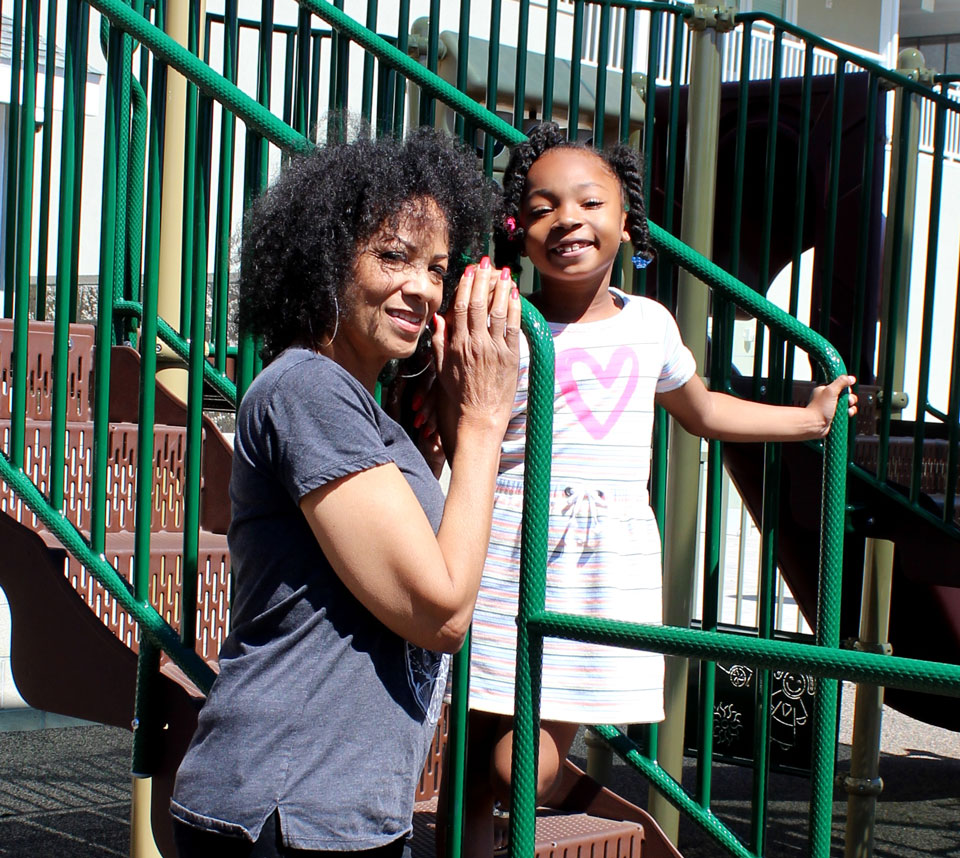
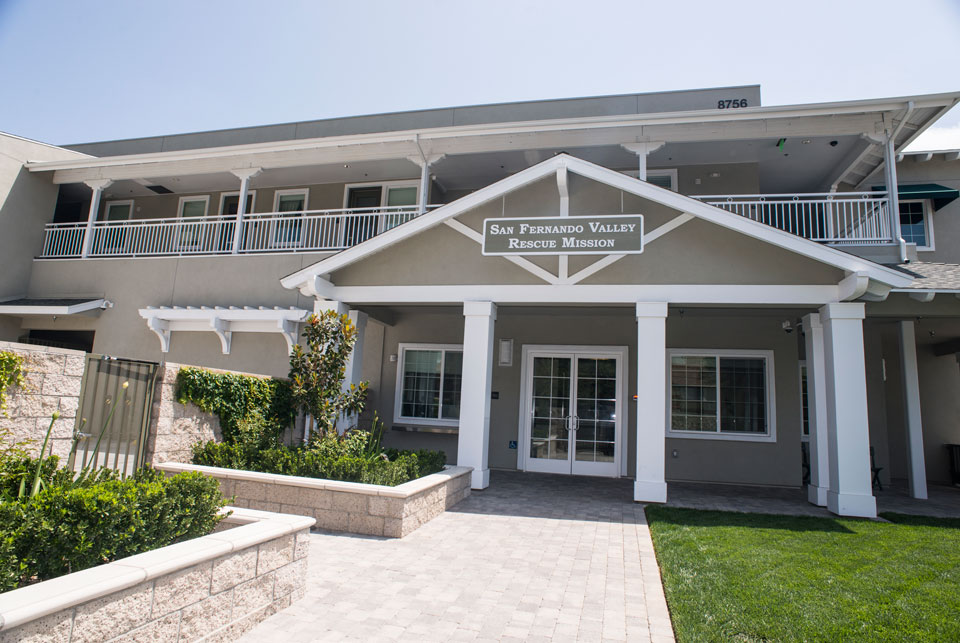

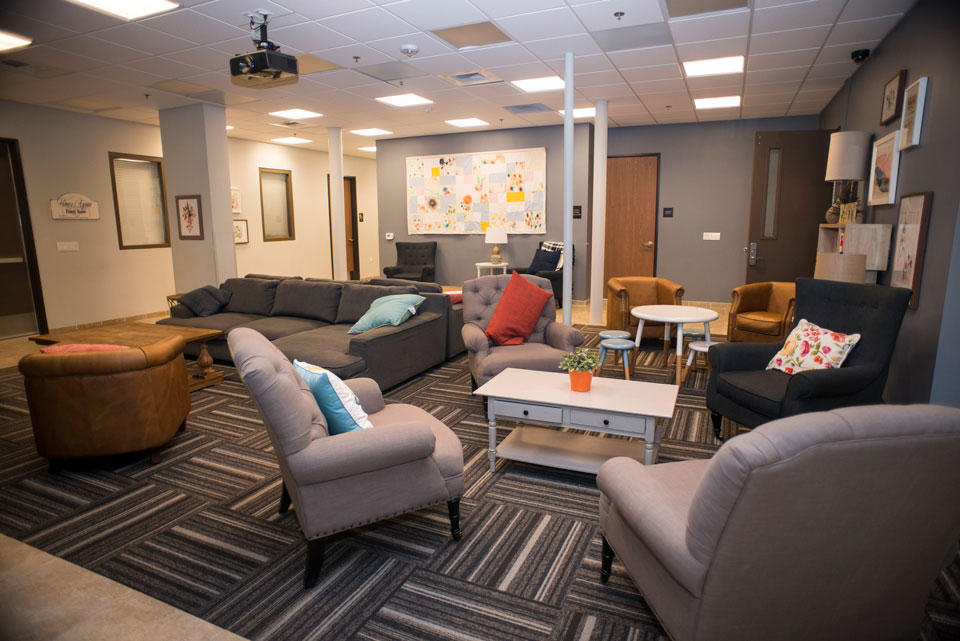



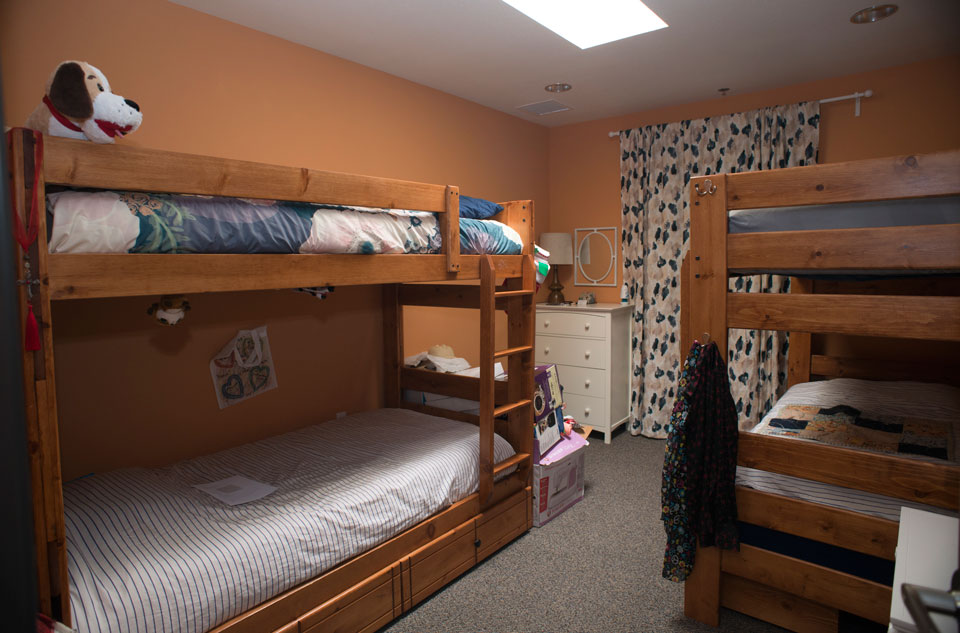
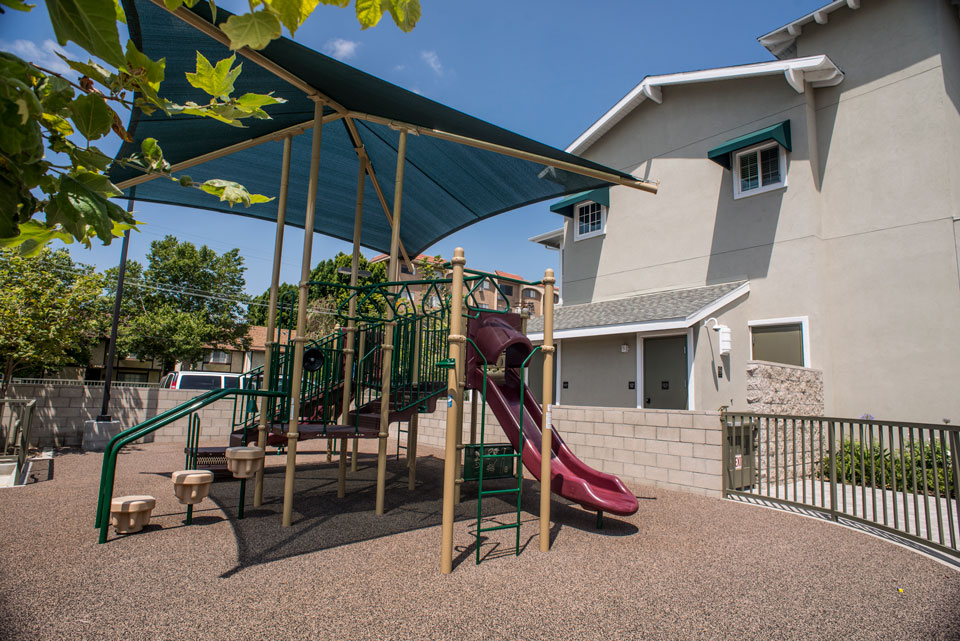
 experience
experience